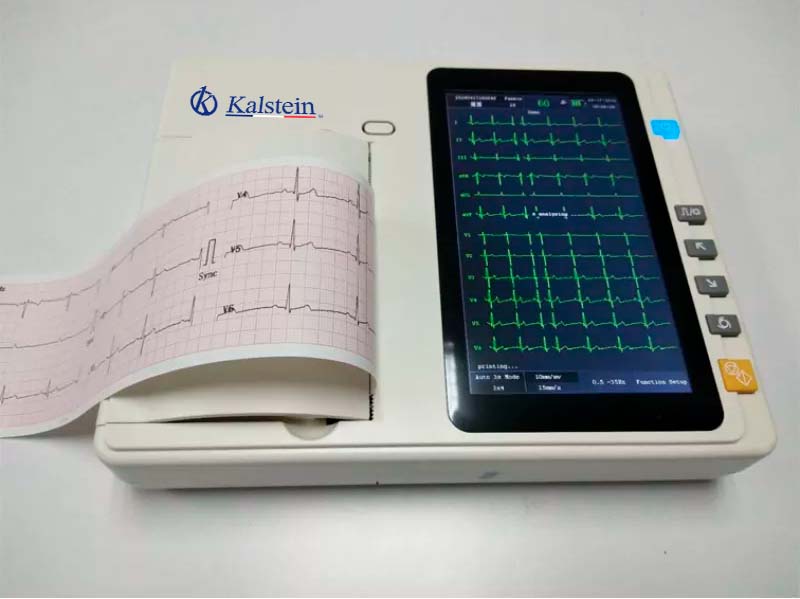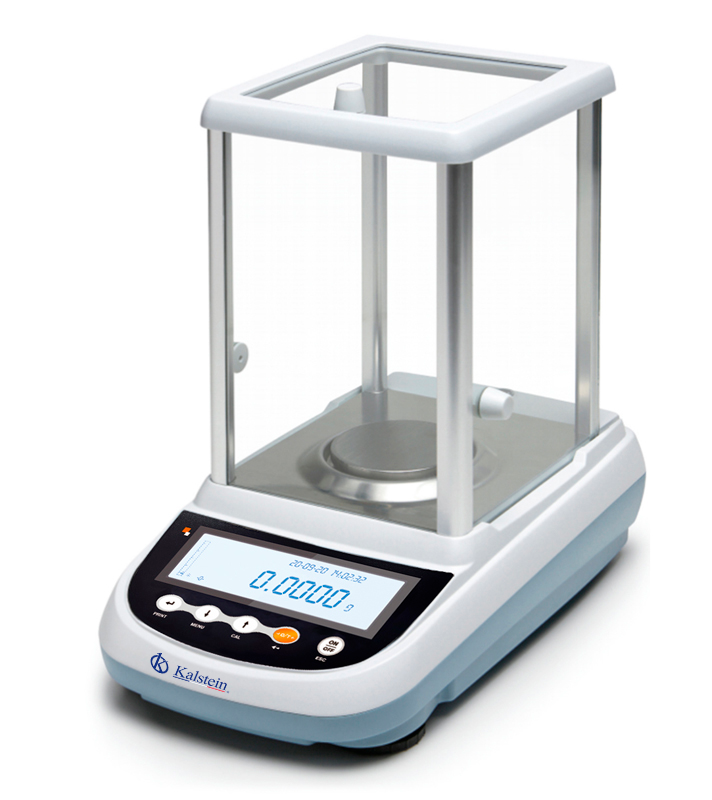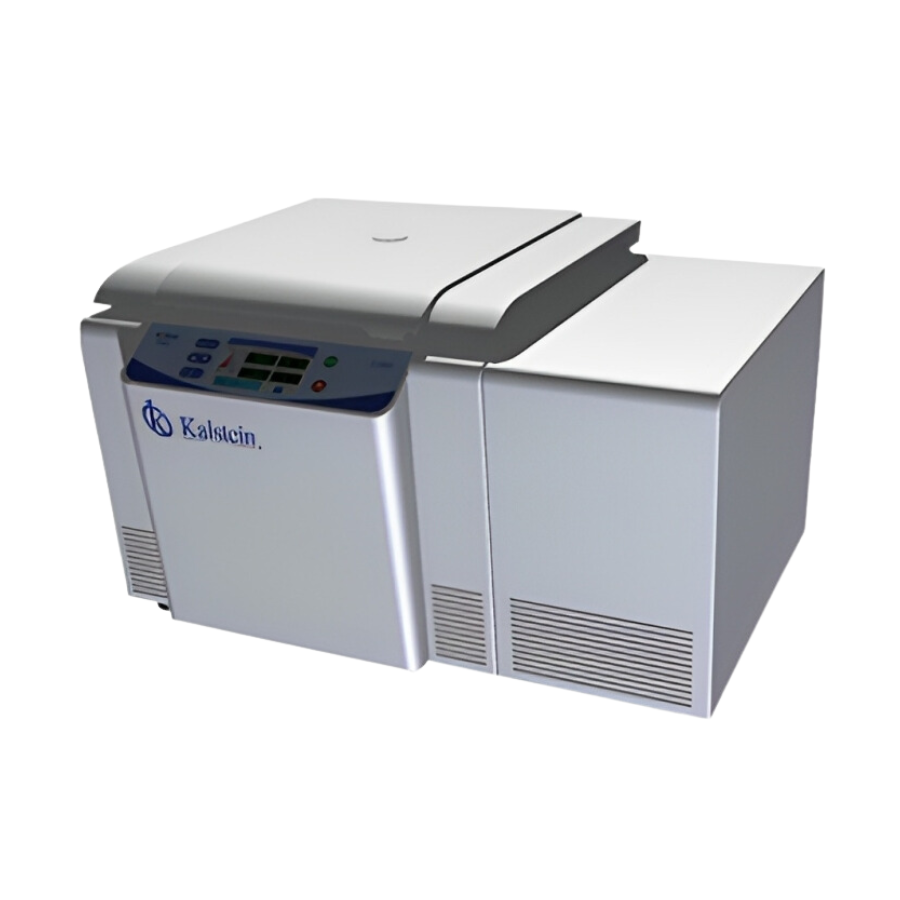The electrocardiogram (ECG) is a recording that reflects the electrical activity of the heart, made with the help of a device known as an electrocardiograph. The electrocardiograph is a device designed to show the direction and magnitude of electrical currents produced by the heart. This electronic device that captures and amplifies the electrical activity of the heart through electrodes.
This test gives us a continuous record of electrical impulses from the heart. They are essential medical equipment in the development of the provision of health services and, therefore, an essential element in medical centers of different kinds. His work is essential in the diagnosis of heart diseases, arrhythmias and any type of abnormality in the heart or its chambers.
How does an electrocardiograph work?
An electrocardiograph, as a clinical diagnostic equipment, is based on the installation of a series of electrodes on the surface of the patient’s skin at the level of the thoracic region and extremities. These electrodes make it possible to capture the electrical signal generated by the activity of the patient’s heart.
This device is designed to show the direction and magnitude of the electrical currents produced by the heart. Because the current flows in multiple directions of the heart muscle, this device obtains the result of all the vectors that are generated at a given moment by using electrodes (electrical contacts) placed in different parts of the body on the skin. The electrode on the skin is connected to another electrode through the electrocardiograph, by means of a galvanometer the current that passes through the device is measured and is transmitted directly to the inscriber (style) to record the waves and complexes that collectively receive the name of Electrocardiogram Of surface.
An electrocardiogram is used to measure any damage to the heart, whether there are abnormal heart palpitations, the size and position of the heart’s chambers, and the effects of drugs or devices used to control the heart (such as pacemakers).
Today there are multiple types of electrocardiographs, the simplest draw the tracing on a specific recording paper tape for ECG and the most modern and complex perform an analysis of what they record and store in digital format. There are 3,6 and 12 channels.
Types of electrocardiographs
The classification of the various models of electrocardiographs is mainly based on the objective that the medical specialist wants to achieve.
- Single-channel electrocardiograph: these equipments are characterized by the fact that they record and print the results of the electrical activity of the heart from a single lead per record. However, the biggest advantage of this type of EKG machine is that it is extremely lightweight and is quite simple to use.
- Multichannel electrocardiograph: this type of device is characterized by having 3.6 or 12 channels and recording each of the 12 leads in a period of 2.5 seconds.
- Multichannel with printing: these models work the same as multichannel, the only difference is that they have a computer with recognition patterns that identifies normal and abnormal ECG signals.
At Kalstein we are MANUFACTURERS and we offer you new electrocardiographs at excellent PRICES. That is why we invite you to take a look : HERE




